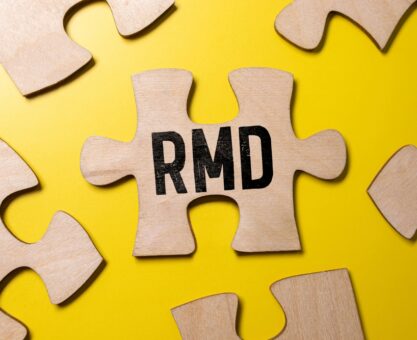In 2012, the Thrift Savings Plan (TSP) started offering federal employees another option for retirement savings: the Roth TSP. The purpose was to enable workers the ability to invest after-tax earnings to get tax-free distributions when they retired. To help figure out if participating in a Roth TSP is a good financial decision for you, consider the pros and cons.
Pro: The Roth TSP Makes Sense If You’re In A Higher Tax Bracket In Retirement
If you’ll be in a higher tax bracket when you retire, then a Roth TSP makes sense. Keep in mind that the Trump-era income taxcuts will expire on December 31, 2025. When that happens, your tax rate will revert back to the higher pre-Trump tax-cut levels.
Con: You Must Meet 2 Requirements For Tax-Free Withdrawals From A Roth TSP
With a Roth TSP, you can take tax-free withdrawals in retirement on your contributions and any qualified earnings. Earnings are considered qualified when two Internal Revenue Code (IRC) requirements are met:
- 5 years have passed since January 1 of the calendar year when you made your first Roth TSP contribution and
- You are at least age 59½, permanently disabled, or deceased.
However, if either of these two requirements are not met when you withdraw from a Roth TSP, you only have to pay income taxes on your earnings.
“When you withdraw large sums from your Roth TSP balance, you won’t owe taxes on your contributions or any qualified earnings.”
Pro: Your Roth TSP Can Be Used As A Tax-Free Emergency Fund
In the event of an emergency that requires a considerable sum of money, a withdrawal from your traditional TSP balance may bump you into a higher income tax bracket. When you withdraw large sums from your Roth TSP balance, you won’t owe taxes on your contributions or any qualified earnings.
Con: You Can’t Transfer Funds From A Roth IRA to A Roth TSP
You can’t indirectly rollover Roth funds into your TSP, and you can’t move money from a Roth IRA into your TSP account. If you already have a Roth IRA, the inability to transfer those funds to a Roth TSP is definitely a disadvantage.
Pro: The SECURE Act 2.0 Ended RMDS from a Roth TSP
As of January 1, 2024, Required Minimum Distributions (RMDs) from a Roth TSP no longer apply. Roth RMDs never made sense since distributions in retirement are tax-free. Now that retirees are no longer required to withdraw funds from a Roth TSP, won’t be losing out on earnings.
Before you make a final decision, connect with an FRC® trained advisor who fully understands how your TSP works.

























